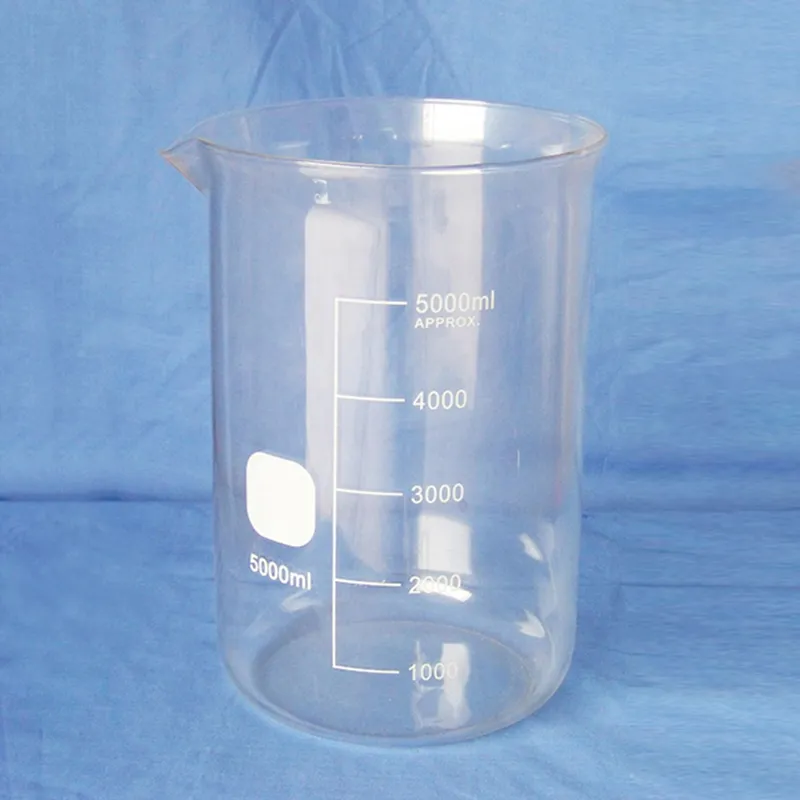
The leaf through microscope pairs simple controls and precise optical alignment for smooth switching between magnifications. distortion is minimized and depth perception is enhanced with quality glass lenses. a sturdy frame and vibration-dampening base contribute to stable imaging, even under extensive use. The leaf through microscope features integral LED illumination with adjustable intensity for precise light control, providing crisp and clear viewing of biological or material samples for research and educational studies.

The leaf through microscope has a wide range of professional and academic uses. In biomedical labs, it is used to analyze cell morphology and identify abnormalities. Industrial scientists rely on the leaf through microscope in testing product consistency, micro defect detection, and surface characterization. In agriculture, it is used to study plant diseases, seed morphology, and pest interactions. Museums and conservation centers apply the leaf through microscope in analyzing artwork materials to ensure proper preservation and restoration of historical works.

Future technology is revolutionizing the future of the leaf through microscope, focusing on automation, high speed, and visualization. New-generation models will be provided with sophisticated image-processing algorithms to process information in real time. The leaf through microscope will likely utilize adaptive optics for improved imaging at higher magnifications, both to the advantage of biological and materials research. Handheld and portable versions will become standard, bringing microscopic study to the location. With growing demands for sustainability, energy-saving leaf through microscope versions will also run laboratories worldwide.

Cleaning, checking, and storing the leaf through microscope with care is part of taking care of them. Dust accumulation can impact both optical and mechanical performance, and thus covering the leaf through microscope when idle is inevitable. Avoid handling objective lenses with unmasked fingers to prevent oil smudges and residues. Remove immersion oil instantly after observation. The leaf through microscope are kept in a controlled, temperature-stable environment. Periodic focus and illumination system calibration ensures image quality in the long term.
A leaf through microscope is able to closely study microorganisms, tissue, and materials and is thus a fundamental instrument in laboratories and classrooms. It operates by bending light or electron rays to enlarge specimens to appear gigantic many times magnification. The leaf through microscope has been enhanced with developments in optics to enable brighter, clearer, and digital-imaging-assisted magnification. In academic research work as well as industrial inspection, a leaf through microscope enables accurate analysis, recording, and examination of complex microscopic realms.
Q: What is a microscope used for? A: A microscope is used to magnify tiny objects or structures, allowing detailed observation of cells, microorganisms, and materials that are invisible to the naked eye. Q: How often should a microscope be calibrated? A: To maintain measurement accuracy and ensure accurate focus during research or analysis, regular calibration should be performed, typically once or twice a year. Q: What type of light source is commonly used in a microscope? A: Most modern microscopes use LED or halogen light sources, which provide stable light and adjustable brightness for clear images at a wide range of magnifications. Q: Can a microscope be connected to a computer? A: Yes, many microscope models feature USB or HDMI ports that allow image capture and digital display through specialized imaging software. Q: How should a microscope be stored when not in use? A: A microscope should be covered with a dust shield and stored in a cool, dry location to prevent contamination and protect optical components from humidity.
The delivery bed is well-designed and reliable. Our staff finds it simple to operate, and patients feel comfortable using it.
We’ve been using this mri machine for several months, and the image clarity is excellent. It’s reliable and easy for our team to operate.
To protect the privacy of our buyers, only public service email domains like Gmail, Yahoo, and MSN will be displayed. Additionally, only a limited portion of the inquiry content will be shown.
We’re currently sourcing an ultrasound scanner for hospital use. Please send product specification...
Hello, I’m interested in your centrifuge models for laboratory use. Could you please send me more ...
E-mail: [email protected]
Tel: +86-731-84176622
+86-731-84136655
Address: Rm.1507,Xinsancheng Plaza. No.58, Renmin Road(E),Changsha,Hunan,China